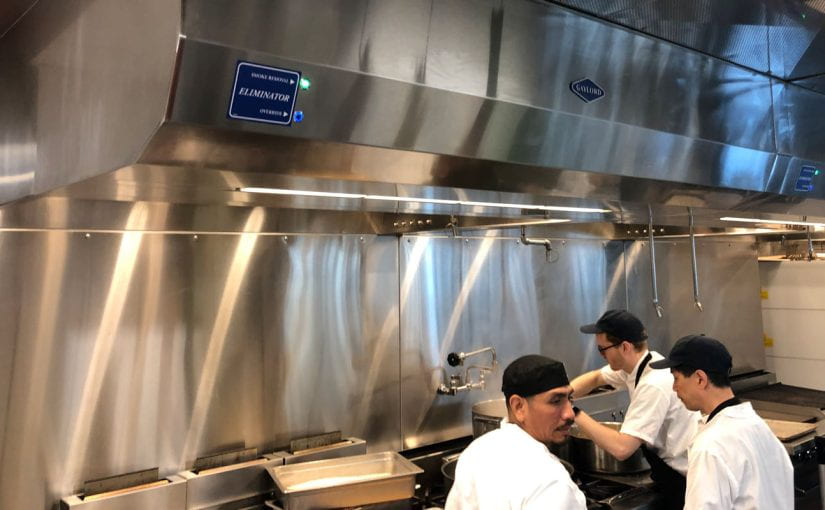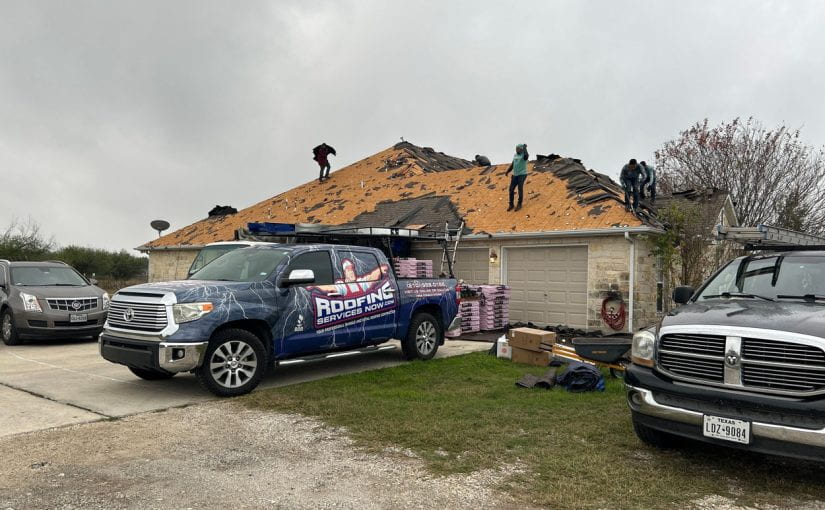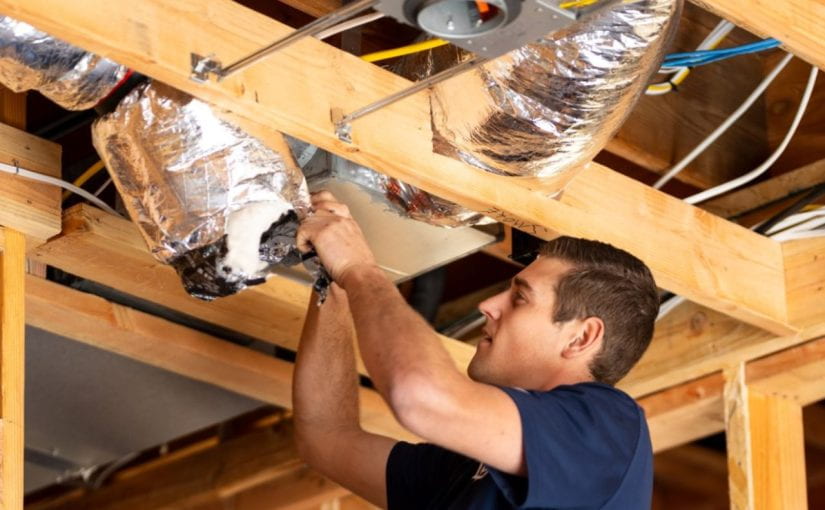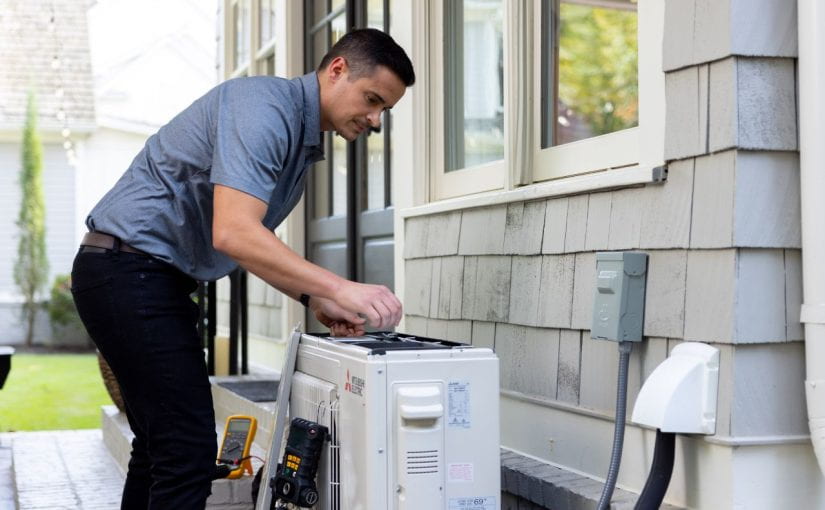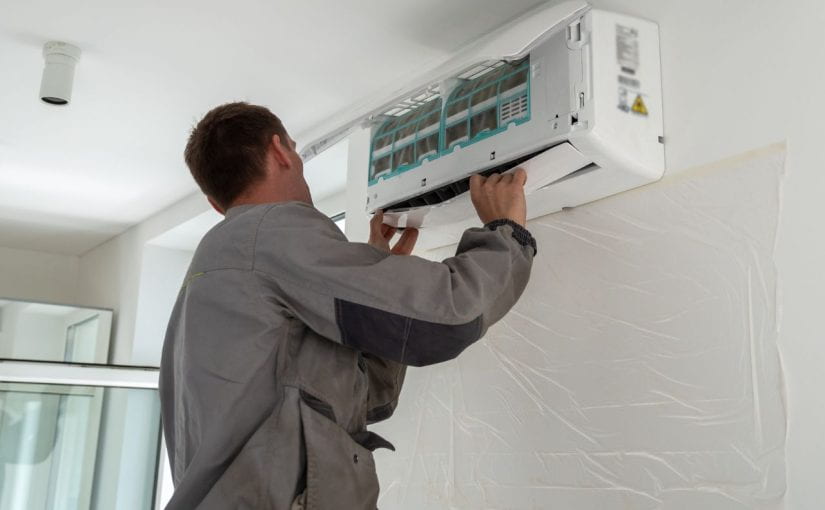California, with its diverse geography and high population density, poses unique challenges for fire protection in commercial buildings. Fires can be devastating, leading to significant property damage, financial loss, and even loss of life. Therefore, commercial property owners and managers must invest in comprehensive fire protection systems. This guide will delve into the various components of commercial fire protection systems in California, emphasizing the importance of each element and how they work together to ensure safety.
THE IMPORTANCE OF FIRE PROTECTION SYSTEMS
Commercial fire protection systems are essential for several reasons:
- Safety: Protecting the lives of employees, customers, and visitors is paramount. Effective fire protection systems can significantly reduce the risk of injury or death.
- Property Protection: Fires can cause extensive damage to property, equipment, and inventory. Fire protection systems help minimize these losses.
- Regulatory Compliance: California has stringent fire safety codes and regulations. Compliance is mandatory, and failure to adhere can result in hefty fines and legal consequences.
- Business Continuity: A fire can disrupt business operations, leading to financial losses and downtime. Fire equipment help ensure quick recovery and continuity.
TYPES OF FIRE PROTECTION SYSTEMS
Commercial fire protection systems in California encompass a variety of technologies and strategies. Here’s a comprehensive overview:
1. Fire Detection Systems
Smoke Detectors: Smoke detectors are a critical component of fire detection systems. They sense the presence of smoke particles and trigger an alarm. There are two main types: ionization and photoelectric smoke detectors. Ionization detectors are more responsive to flaming fires, while photoelectric detectors are better at sensing smoldering fires.
Heat Detectors: Heat detectors are designed to respond to a rapid increase in temperature. They are instrumental in environments where smoke detectors might trigger false alarms, such as kitchens or industrial settings.
Flame Detectors: These detectors sense the presence of flames through infrared or ultraviolet sensors. They are susceptible and provide rapid detection, making them suitable for high-risk areas like chemical storage facilities. Fire Safety Audit
2. FIRE ALARM SYSTEMS
Manual Pull Stations: These are typically installed near exits and allow occupants to manually trigger the fire alarm system in case of an emergency.
Automatic Alarm Systems: Integrated with detection devices, these systems automatically alert occupants and the fire department when a fire is detected. They often include audible and visual alarms to ensure everyone is aware of the danger.
Voice Evacuation Systems: These systems provide clear, pre-recorded instructions to guide occupants to safety during an emergency. They are particularly useful in large buildings where panic and confusion can impede evacuation efforts.
3. FIRE SUPPRESSION SYSTEMS
Sprinkler Systems: The most common type of fire suppression system, fire sprinklers are highly effective at controlling and extinguishing fires. They are activated by heat, and only the sprinkler heads nearest to the fire will activate, minimizing water damage.
Deluge Systems: These systems release water through all sprinklers simultaneously when a fire is detected. They are typically used in high-hazard areas where rapid fire spread is a concern.
Pre-action Systems: These are similar to deluge systems but require two triggers (such as smoke and heat) before water is released. This prevents accidental activation and is ideal for locations with sensitive equipment, such as data centers.
Chemical Suppression Systems: These systems use chemical agents to suppress fires, making them suitable for environments where water could cause significant damage, such as in kitchens or electrical rooms.
Foam Systems: Foam suppression systems are used in areas where flammable liquids are present. The foam blankets the fire, cutting off the oxygen supply and cooling the fuel.
4. FIRE EXTINGUISHERS
Portable fire extinguishers are a crucial component of any fire protection system. They come in various types, each suited for different kinds of fires:
- Class A: For ordinary combustibles like wood, paper, and cloth.
- Class B: For flammable liquids such as gasoline, oil, and grease.
- Class C: For electrical fires.
- Class D: For combustible metals.
- Class K: For kitchen fires involving cooking oils and fats.
Proper training on how to use fire extinguishers is essential for all building occupants.
5. PASSIVE FIRE PROTECTION
Fire-Resistant Building Materials: Using materials that resist fire spread, such as fire-rated doors, walls, and ceilings, can significantly enhance a building’s fire protection.
Firestopping: This involves sealing openings and penetrations in fire-rated walls and floors to prevent the spread of fire and smoke.
Compartmentalization: Dividing a building into fire compartments can limit the spread of fire and provide safe areas for occupants during an evacuation.
REGULATORY REQUIREMENTS AND STANDARDS
California’s fire safety regulations are among the strictest in the United States. Compliance with these regulations is not only a legal obligation but also a moral responsibility to ensure the safety of occupants. Key regulatory bodies and standards include:
- California Fire Code (CFC): The CFC outlines comprehensive fire safety requirements for commercial buildings, encompassing construction, maintenance, and operational protocols.
- National Fire Protection Association (NFPA): The NFPA offers guidelines and standards, including NFPA 13 (sprinkler system installation), NFPA 72 (fire alarm systems), and NFPA 101 (life safety code).
- Local Fire Departments: Local fire departments enforce fire codes and conduct regular inspections to ensure compliance.
MAINTENANCE AND INSPECTIONS
Regular maintenance and inspections are critical to the effectiveness of fire protection systems. This includes:
- Routine Inspections: Regular inspections by qualified professionals ensure that all components of the fire protection system are functioning correctly.
- Testing: Regular testing of alarms, detectors, and suppression systems is necessary to confirm their operational status.
- Maintenance: Timely maintenance, such as replacing faulty components and refilling extinguishers, is essential to keep the system in optimal condition.
- Documentation: Keeping detailed records of inspections, tests, and maintenance activities is crucial for compliance and can be invaluable during an emergency.
TRAINING AND PREPAREDNESS
Even the most advanced fire protection system is only as effective as the people who use it. Training and preparedness are key components of a comprehensive fire protection strategy:
- Fire Drills: Conducting regular fire drills helps ensure that all occupants know how to respond during an emergency.
- Evacuation Plans: Clear and well-communicated evacuation plans are essential. These should be posted in visible locations and included in employee training programs.
- Emergency Response Team: Designating and training an emergency response team within the building can improve coordination and response during a fire.
ADVANCES IN FIRE PROTECTION TECHNOLOGY
Technological advancements continue to enhance the capabilities of fire protection systems. Some of the latest innovations include:
- Smart Detection Systems: These systems use advanced sensors and algorithms to detect fires more accurately and reduce false alarms.
- Integration of Internet of Things (IoT): IoT-enhanced fire safety systems offer real-time monitoring and control, delivering instant alerts and enabling remote management.
- Drones: Drones equipped with thermal imaging cameras can be used to assess fire hazards and inspect hard-to-reach areas.
- Enhanced Suppression Agents: New suppression agents, such as clean agents and environmentally friendly foams, provide effective fire control with minimal environmental impact.
Investing in a comprehensive fire protection system is not just a regulatory requirement; it’s a critical component of safeguarding lives, property, and business continuity. In California, where the risk of fire is ever-present, understanding the various components of fire protection systems and ensuring their proper installation, maintenance, and use is essential. By staying informed about the latest technologies and regulatory requirements, commercial property owners and managers can create a safer environment for everyone.
In summary, beyond sprinklers, a robust fire protection system encompasses a range of detection, alarm, suppression, and passive fire protection elements. Regular maintenance, adherence to regulations, and proper training are the cornerstones of an effective fire safety strategy. With these measures in place, businesses in California can better protect their assets and ensure the safety of their occupants.
Also Read:
Why A Fire Extinguisher Is Your Best Investment
Fire Safety In Schools: 10 Essential Tips for Enhancing Safety And Preparedness
Restaurant Fire Suppression Systems in California
